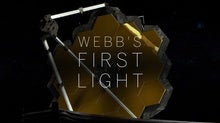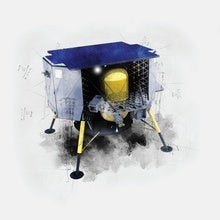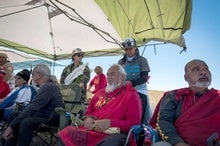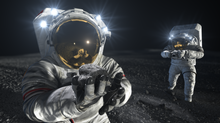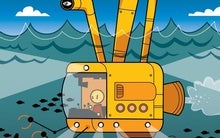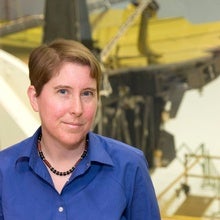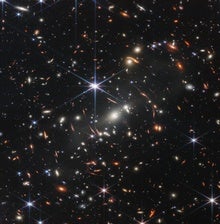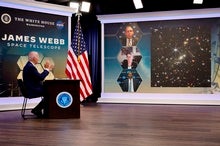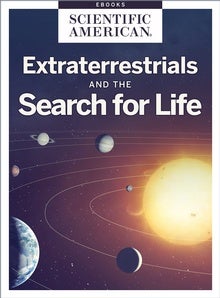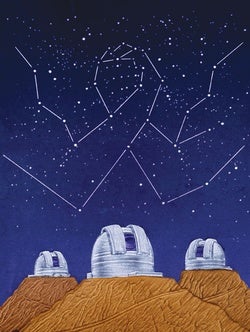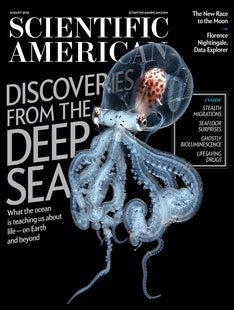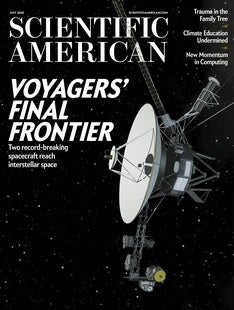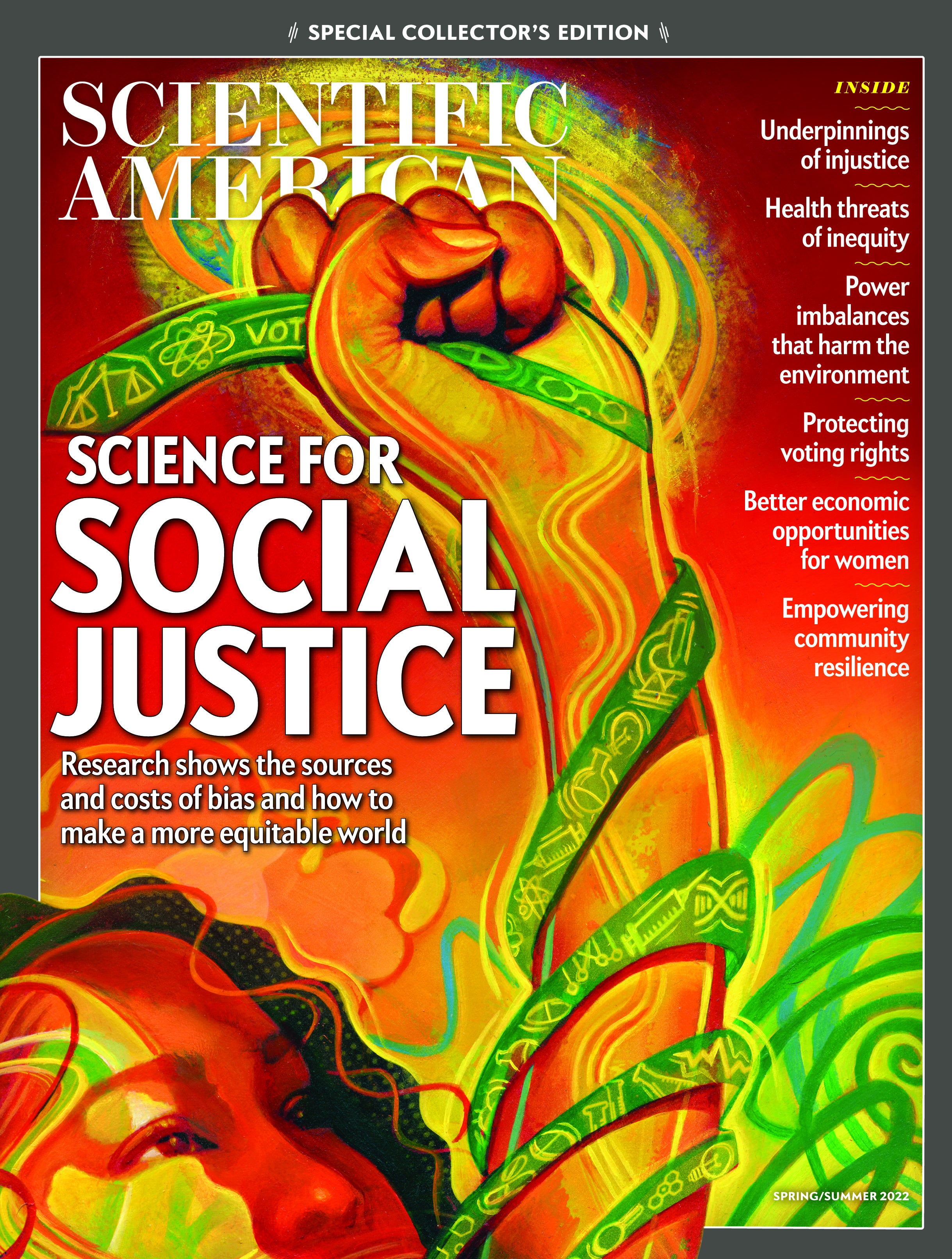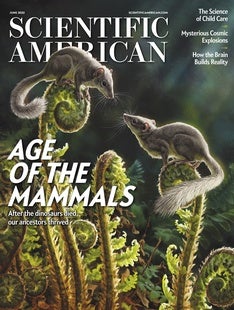 |
| July 21, 2022 |
Dear Reader,
This week, we are (or at least I am) still basking in the afterglow of the first images from the James Webb Space Telescope. Our lead story, from astrophysicist Fabio Pacucci, explains the surprising history behind one of those pictures in particular—a so-called "deep field" image of distant, ancient galaxies. Stay tuned next week for much more coverage of the latest news from the wide world of space and physics. |
| |
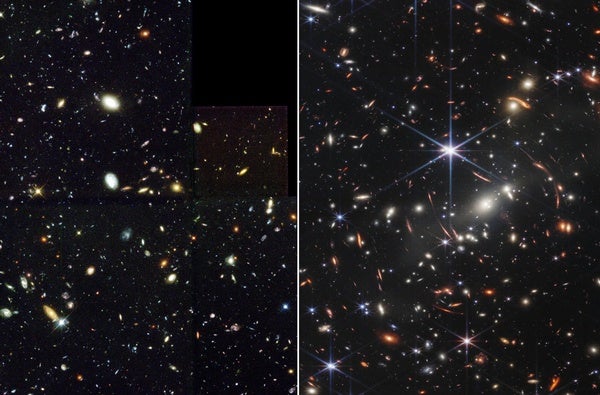 |
| |
| |
| |
| |
| |
| |
| |
| |
| |
FROM THE STORE
 | | Extraterrestrials and the Search for Life Do aliens exist? The enduring mystery of whether we're alone in the universe is a question that continues to drive scientific study into groundbreaking directions. This collection examines the latest thinking in the search for life, from discussing why we haven't found evidence of aliens so far to determining where and how to conduct the search to opening up the possibilities for what otherworldly life could truly look like. |  | | |
| QUOTE OF THE DAY
 "You can barely see the stars from most cities nowadays. They're dimmed by the light-polluted haze and confused with swarms of satellites. Children look up and wonder what lies beyond. We build telescopes to show them, and to bring magic to their hearts." Grant Tremblay, astrophysicist | |
FROM THE ARCHIVE
 | | | |
LATEST ISSUES
 |
| |
| Questions? Comments?  | |
| Download the Scientific American App |
| |
| |



